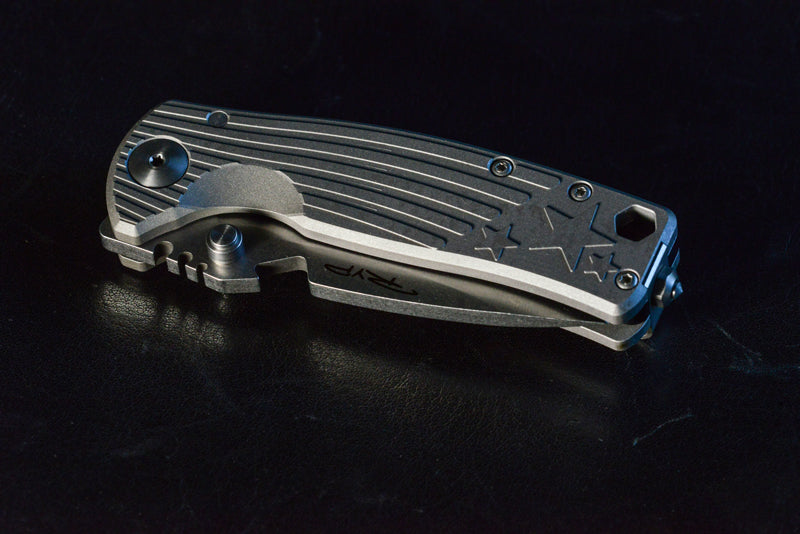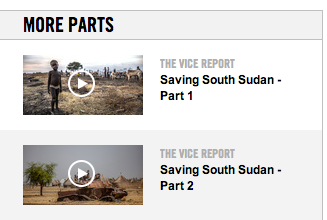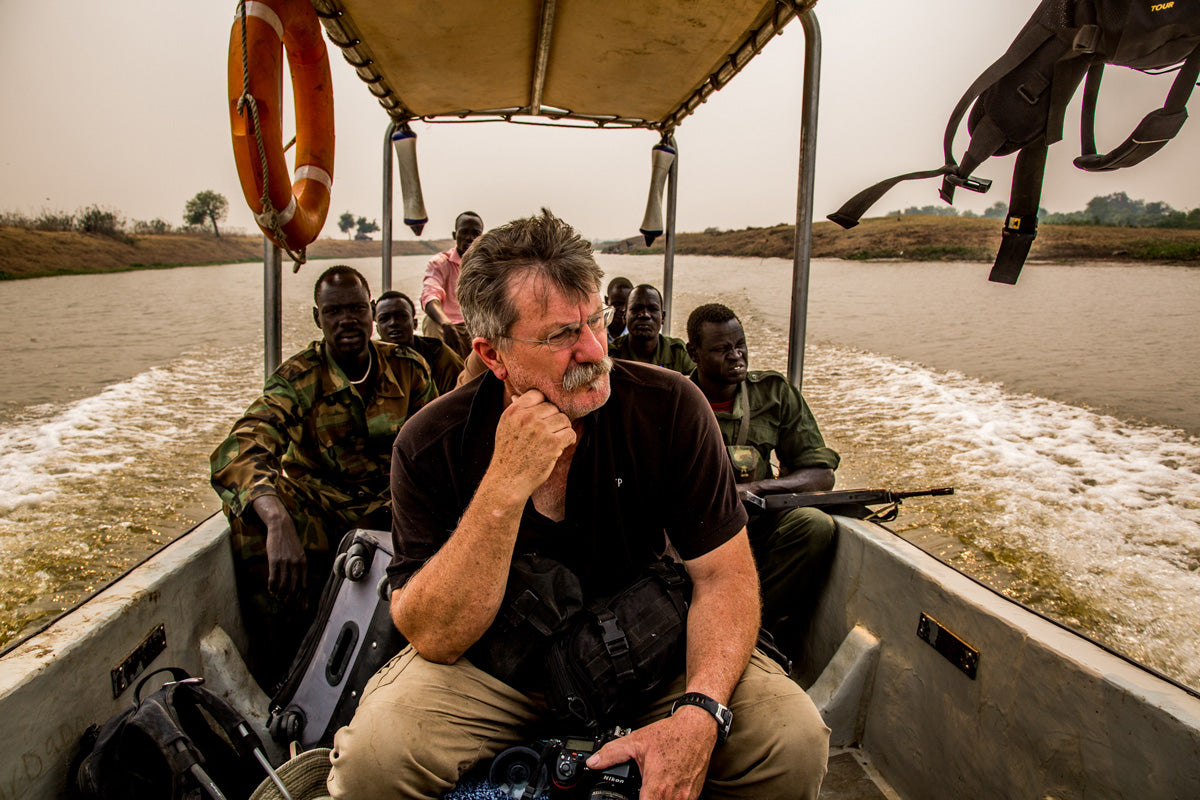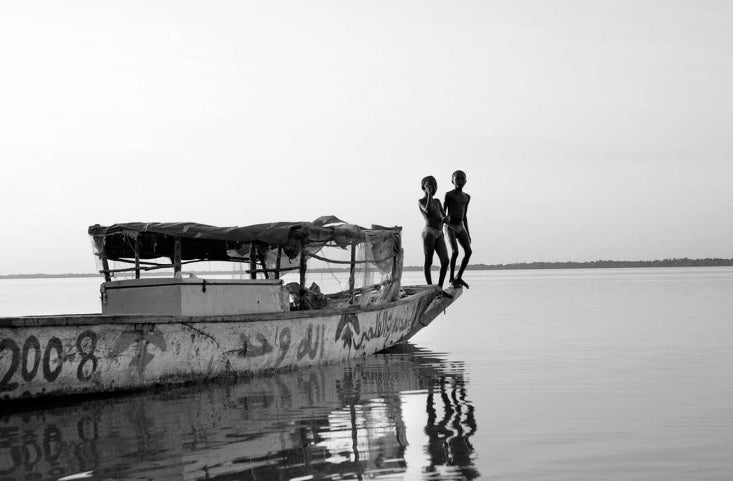
DPx Gear. Made in America
Atlanta, GA – June 2nd, 2017 – San Diego, California based DPx Gear® is unveiling its newest product at the 2017 BLADE showin Atlanta, Georgia. The first all titanium production run of their 100% U.S.A. sourced and manufactured folding knife. The DPx Gear HEST/F (Hostile Environment Survival Tool/Folding) Urban takes all the beefiness and durability of the HEST family of knives and delivers it in...
Featured DPx Gear User: Officer Schaufler from Scranton, PA
|
FEATURED DPX GEAR USER: OFFICER DAN SCHAUFLER- SCRANTON, PA.
Patrolling the streets of North East Pennsylvania requires elite skill, knowledge and tools up for the challenge. Officer Daniel Schaufler carries a DPx HEST/F knife on the job because he can depend on it in the field. "I am a proponent of carrying a knife you can depend your life on. Yours are one of them," Dan says of DPx Gear knives. In July of 2015, the dangers of his job hit very close to home when Schaufler's comrade, John Wilding, was injured on duty and later died as a result. He left behind a young wife and children. In order to raise money for John's family, a fundraiser called Wilding's Watch was created and a DPx HEAT/F Shred was auctioned off. 100% off the proceeds of the knife were donated by Schaufler to support Wilding's family. |
Dan's HEST/F 2.0 pictured inside his patrol car.

The Differences Between the HEST/F 1.0 and 2.0
BLADE PIVOT
- The position of the blade pivot was moved.
- The position of the touching point between blade and locking bar was moved; In the first run this point was 5.8 mm away from the blade pivot, the second run is 6.7mm. This has reduced the movement; less power from the blade to locking bar.
- You can not touch the edge with a finger when the blade is closed. There is more space from the edge to the back of the knife.
LOCKING BAR
- The locking bar is longer. The thrust angle was reduced on the frame from 42° to 37.9°; this creates less twisting of the locking bar.
BLADE ANGLE
- The angle in the heel of the blade was changed. The old one was 11°, the new one is round.
THUMB STUD
- The thumb stud is 14.3 mm away from the blade pivot, the old one was 13.5 mm. This adjustment makes it easier to open the blade.
HANDLE
- The bottom of the handle is larger, so no problem with tip of the blade sticking out of handle in a closed position.
- There is more space on the G10 handle fora finger to unlock the locking bar.
- The new thickness of the G-10 is 4.2 mm, vs. the old one, which was 3.2 mm.
SPACER
- The spacer is longer, making a more solid knife.
LINER
- The stainless steel liner has been removed.

VICE Magazine Saving South Sudan Documentary Parts 2 & 3
The final parts of the 45 minute documentary using footage from DPx Gear founder Robert Young Pelton's trip to South Sudan is now posted on the VICE website.
“Saving South Sudan” is a very special and timely project that uses the entire contents of VICE’s 50,000-word print magazine, an online event at VICE.com, and a three-part documentary series. Taking a multi-platform approach, VICE tells the story of how the world’s newest sovereign country descended into its third civil war in a century.
While the magazine has published innumerable issues devoted to single topics and themes—from art to humor to war crimes in Syria—this is the first time all of its 130 pages have been filled by just two contributors: author and filmmaker Robert Young Pelton and photographer and filmmaker Tim Freccia.
You can view Part 2 here, view Part 3 here, and read the entire issue here.

VICE Magazine Saving South Sudan Documentary Part 1
Part one of the three-part, 45 minute documentary using footage from DPx Gear founder Robert Young Pelton's trip to South Sudan is now posted on the VICE website.
“Saving South Sudan” is a very special and timely project that uses the entire contents of VICE’s 50,000-word print magazine, an online event at VICE.com, and a three-part documentary series. Taking a multi-platform approach, VICE tells the story of how the world’s newest sovereign country descended into its third civil war in a century.
While the magazine has published innumerable issues devoted to single topics and themes—from art to humor to war crimes in Syria—this is the first time all of its 130 pages have been filled by just two contributors: author and filmmaker Robert Young Pelton and photographer and filmmaker Tim Freccia.
You can view the documentary here and read the entire issue here.

Saving South Sudan: A Landmark Multimedia Event on VICE.COM
VICE announces a major multimedia event: “Saving South Sudan—The Inside Story on How the World’s Newest Nation Fell Apart,” by Robert Young Pelton, Tim Freccia, and the VICE staff.

“Saving South Sudan” is a very special and timely project that uses the entire contents of VICE’s 50,000-word print magazine, an online event at VICE.com, and a three-part documentary series. Taking a multi-platform approach, VICE tells the story of how the world’s newest sovereign country descended into its third civil war in a century.
While the magazine has published innumerable issues devoted to single topics and themes—from art to humor to war crimes in Syria—this is the first time all of its 130 pages have been filled by just two contributors: author and filmmaker Robert Young Pelton and photographer and filmmaker Tim Freccia.
The idea originated with Pelton, who in early January pitched VICE a long-form story about traveling to South Sudan with Machot Lat Thiep, 32, a former Lost Boy and current manager of a Seattle Costco. Machot had returned to his homeland a year earlier to help put together a new constitution. It had been a jubilant and triumphant trip for the former child solider.
Pelton’s ultimate goal was to find South Sudan’s former vice president, Riek Machar. Machar had been fired from the government led by President Salva Kiir, and on December 15, 2013, the Nuer leader had found himself the target of an assassination. An onslaught resulted in the destruction of his home and the massacre of his advisers. Since then, Machar has been hiding out at a secret bush camp as thousands of Kiir’s men have tried to hunt him down.
This time around, Machot viewed returning to his homeland as an attempt to help pull South Sudan out of yet another dive into a seemingly never-ending cycle of war and starvation. For Pelton and Freccia, it was a chance to get on the ground and document the conflict, which has turned the three-year-old country into the world’s latest failed state.
 Machot would serve as an avatar for the readers and a touchstone for the emotional impact of war. He would deliver an insider’s point of view to ensure that the history of the region was appropriately taken into context.
Machot would serve as an avatar for the readers and a touchstone for the emotional impact of war. He would deliver an insider’s point of view to ensure that the history of the region was appropriately taken into context.
The journey was not easy. The team almost had to give up and return home after weeks of being stalled in Nairobi, Kenya, unable to find a pilot foolhardy enough to fly them into the middle of the violent war. Then, once in South Sudan, the lack of vehicles and fuel meant they had to haggle and negotiate their way across the land to link up with Machar. After they secured the interview and lived with him at his secret bush camp, Machar granted them permission to witness and record his rebellion firsthand, hiring an escort to take them north to the front lines in Malakal, on the White Nile.
In Malakal, Freccia and Pelton exclusively experienced and documented widespread rape, murder, and looting by the “White Army”—a fearsome, makeshift force of Nuer cattle farmers historically commanded by tribal prophets.
Before Pelton and Freccia’s unprecedented access, the White Army had largely been something of a myth, a frightening apparition that until then had never been filmed in action.
VICE’s approach to the story of South Sudan is vast—historically, thematically, and emotionally. The multimedia event delves deep into the history of colonialism, covers misguided Western interference, and revolves around a profile of rebel leader Machar and a Lost Boy’s attempt to save his country. As Machar plots and coordinates his rebellion from his bush camp, Lost Boy Machot wanders inside one of the most dangerous, dysfunctional countries in the world.
“Saving South Sudan” is a terrific, sobering work that no one on Earth but Pelton and Freccia could have produced. Pelton, 58, is the author of the best-selling, one-of-a-kind travel guide The World’s
Most Dangerous Places (now in its fifth edition). He interviewed “American Taliban” John Walker Lindh, was kidnapped by right-wing death squads in Colombia (whom he photographed), and lived with an elusive retired Special Forces colonel training Karen rebels deep inside the jungles of Burma. Like many journalists, Freccia, 50, was inspired by Pelton’s endeavors, and he has made it his life’s work to document conflict and crisis across Africa and elsewhere. His photos provide a stark, riveting, and sometimes horrific look at the realities of life in South Sudan.
The VICE team worked feverishly to release this important project just as the world is turning its attention to what may be Africa’s newest and most disturbing humanitarian catastrophe.
You can read, watch, and experience “Saving South Sudan” on VICE.com now.

Down the Gambia
By Will Grant
In a remote corner of West Africa, the River Gambia remains one of the last major undammed rivers on the continent. Flowing from a small rivulet in the Guinean highlands, known as the Fouta Djallon, the river runs northwest and west for 733 miles to its mouth at the Atlantic Ocean—a six-mile-wide estuary of mangroves, sand bars, and braided streams.
In what may be the first source-to-sea descent of the river, Jason Florio, a New York-based photographer, and his wife, Helen Jones-Florio, have set out to witness and document the river in its entirety. With folding canoes and Pelican cases full of hardware, the two will spend the next three months on the river.
“I’m not an explorer or adventurer,” says Florio. “I’m really a photographer at heart. So this is kind of new territory for me.”
Rife with hippos, poachers, crocodiles, and a thousand unseen hazards, descending the River Gambia will be no walk in the park. Florio, who is far more comfortable shooting a camera than a rifle, does not seek out the dangerous side of life. Nor does he intentionally visit hostile environments—though he’s been shot at by a sniper in Somalia and trekked through warzones in Afghanistan. He knows this expedition will be long and difficult in many ways, but the hope is that this will be a trip without violent confrontation, armed rebel groups, or warring militias. To the Florios, it’s a river trip through a wild slice of Africa.
The first challenge will be finding the source of the river. To do that, they’re mostly relying on a book by Frenchman Gaspard Mollien, one of the earliest Europeans to explore West Africa in the nineteenth century. In 1820, Mollien published a book called Journey into the African Interior in which he documents finding the source of the River Gambia. That book, and a handful of maps from the Royal Geographical Society, where Florio is a fellow, is all he and his wife have to go on.
At the river’s source in the Fouta Djallon, the river is too narrow and shallow to float. The Florios will trek 150 to 200 kilometers downstream to their stashed canoes in Senegal where the river widens and deepens. From there, they’ll descend through scattered gold mining developments and fishing villages to Niokolo-Koba National Park, where the poachers are reputably as dangerous as the hippos.
“There’s a lot of poaching in the park,” he says, “but as long we don’t bother the poachers, we think they’ll leave us alone. That’s what we’re hoping, anyway.”
About half the river is considered navigable. With the folding boats, which the two tested between pubs on canals in rural England, they hope to be on the water a lot more than half the time. The two will rely heavily on prearranged guides, mostly local fisherman, to coordinate border crossings, necessary permits, and resupply points along the way.
The Florios have timed their expedition to coincide with the end of the rainy season when the flows will be high enough to paddle most of the river but the regular, monsoonal drenchings will have ended. As the river dries out, it becomes less friendly to paddlers.
“If the water gets too low,” Florio says, “the rocks will be bad and the hippos will congregate.”
As the saying goes, behind the mosquito, the hippopotamus is the most dangerous animal in Africa. In fact, hippos are responsible for killing more people than any other animal on the continent. Some people have told Florio that the hippos won’t be a problem—that people deal with them everyday without incident. Others have warned him that the animals can be aggressively territorial and to give any they encounter a wide berth.
“They reckon there are four to six thousand hippos on the river,” he says. “If the hippo situation becomes problematic, then we get out and portage. We might have to get out of the river at night.”
While descending the river at the end of the wet season seems like a good idea, the logistics of an expedition this size are sure to be fluid. The first change of plans was a three-week delay of the ship carrying their gear to Gambia. Their tentative launch date is now November 11.
The Florios are intent on travelling light. They’ll be eating a lot of local food, like fish from the river and millet bought at villages along the way. They’ve also packed Clif Bars, energy snacks, and several bundles of Ramen noodles (at $0.18 per pack, a super-cheap form of nourishment).
They’re paddling folding canoes made by Norway-based Ally Canoes. They’ll provide live tracking through a Yellowbrick tracking device. They’ll boil water for their Ramen noodles with stoves from Kelly Kettles. They’ll also be carrying an array of DPx Gear knives for both their own use and as gifts for the locals.
The hardware, though the heaviest part of their load, is arguably the most important. The cameras, solar chargers and laptop computers will allow the two to document the river and the people who rely on it for their livelihood. As they hunt for the river’s source, trek downstream, paddle their folding boats, and negotiate hundreds of miles of riverine wilderness, the Florios will maintain a blog of their journey, while also posting updates on their Facebook page.
But in the end, the expedition is about creating a document of the people and the river. Although it’s one of the last major undammed rivers in Africa, that could, and most likely will, change.
The Gambia, the country nicely bisected by the lower third of the river, is the smallest country in mainland Africa, with a population of 1.7 million. The river is the lifeline of the country and the livelihood of nearly all that live on its banks. But development is scarce. Bumpy negotiations between Gambia and Senegal have stood in the way most major projects.
Talk of damming the River Gambia has gone on for the last decade. In many ways, a dam is inevitable. And when the waterway is changed, the effects on the people who depend on it will be irrevocable.

Florio first traveled to the River Gambia in 1996 to document an ecotourism project. He returned in 2009 to produce “A Short Walk in the Gambian Bush—930 km African Odyssey,” which won first place at The International Photography Awards of 2010. During the 2009 expedition, Florio and his wife circumnavigated Gambia, the country, travelling up one bank and down the other.
“That trip felt like a warm-up for something bigger,” Florio says. “Now we want to meet the people, see if they know about the damming, see how it will affect them.”
The Florios expect to reach the river’s mouth sometime early next year. But the expedition could take longer than that—either due to logistical complications or interesting places to spend time. They don’t intend to hurry through this cultural and environmental cross section of West Africa. But they have little idea of what lies in store for them.
“This is one of the biggest things we’ve tackled in terms of logistics,” Florio says. “There are a lot of question marks. But at the end of the day, I think you just have to get there and let the pieces fall into place.”
As the Florios make their way to river’s headwaters and begin their downstream journey, we’ll be keeping tabs on their progress. Check back here for the latest dispatches.
All images copyright Jason Florio.

 Pelton and Freccia in Sudan
Pelton and Freccia in Sudan




